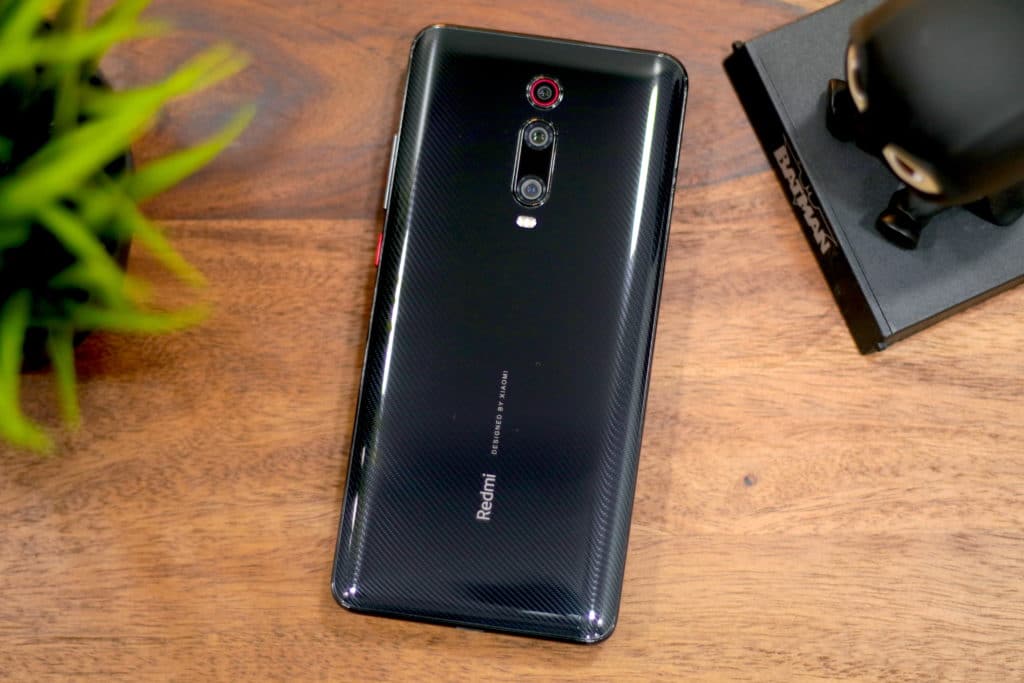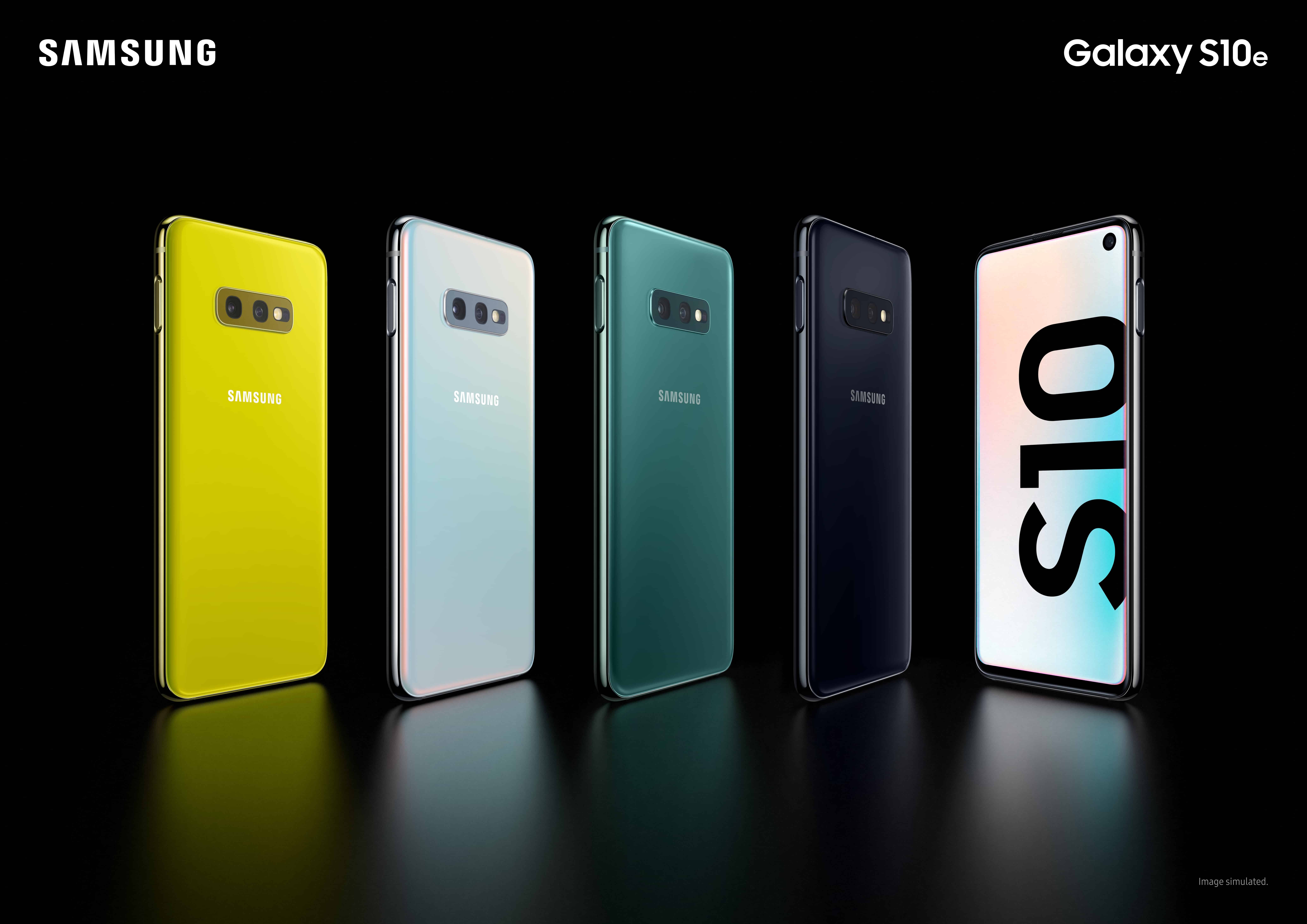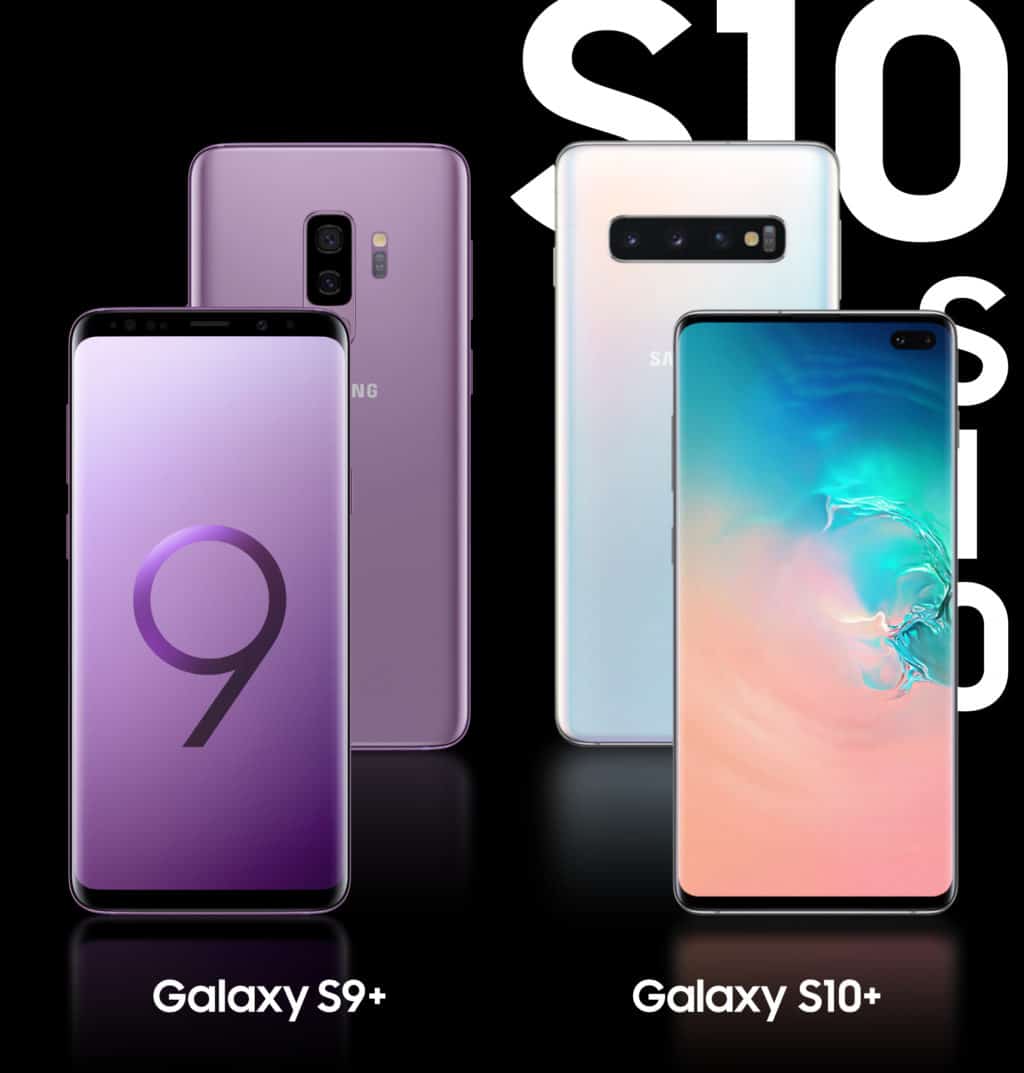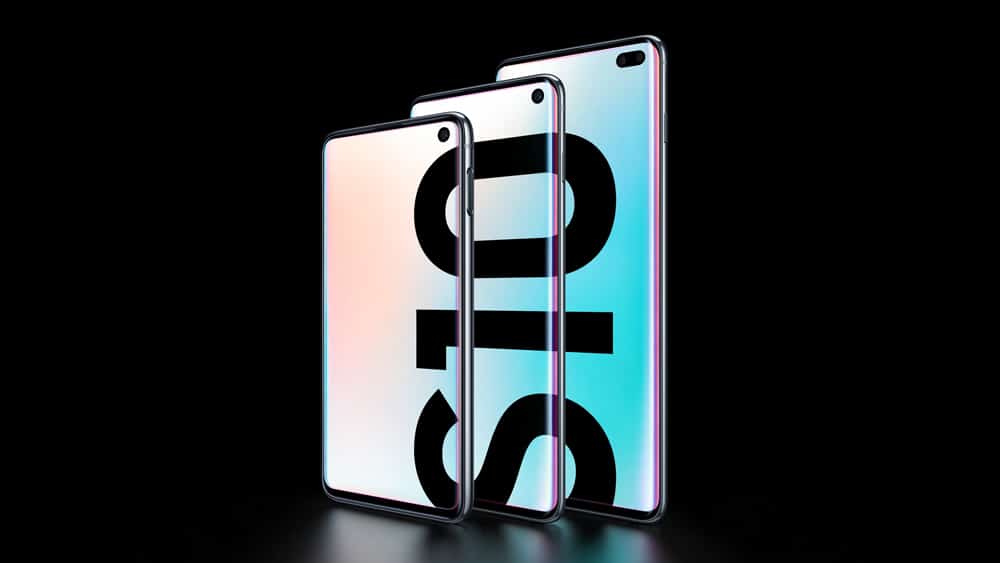
Samsung today launched the Galaxy Note 10 and Note 10+, its flagship smartphones for the second half of 2019. The Note 10 series does not replace the Galaxy S10 series from earlier in the year. Instead, it is supposed to live alongside it. There is a clear overlap here though, so if you are wondering if you should buy the Galaxy S10 or the Note 10, read our comparison.
The Galaxy Note 10 is based on the Galaxy S10 but comes with a number of improvements and enhancements.
Galaxy S10 vs Galaxy Note 10 Comparison
Design
The Galaxy Note 10 and S10 both share the same design language. While the S10 has a more rounded design, the Note 10 has squarish edges. The degree of the curved display is also more pronounced on the Galaxy S10 compared to the Note 10. The latter obviously also has an S Pen which is what separates the Note lineup from the Galaxy S series. Both phones feature IP68 certification, in-display fingerprint scanner, and Gorilla Glass panels.
The Note 10 has a centered punch-hole camera while the selfie shooter is located on the right edge of the display on the Galaxy S10.
The Galaxy S10 does have two key design advantages: it retains a microSD card slot and headphone jack. The Galaxy Note 10 skimps on both of them marking a first for a Samsung flagship. There’s no Bixby button on the Note 10 as well. Instead, it has now been integrated into the Power button.

Display
- Galaxy Note 10 – 6.3-inch curved Infinity-O Dynamic AMOLED, 2280 x 1080 pixels (401ppi), HDR10
- Galaxy S10 – 6.1-inch curved Infinity-O Dynamic AMOLED, 3040 x 1440 (550ppi), HDR10
In typical fashion for a Samsung flagship, the Galaxy S10 and Note 10 feature the absolute best OLED panels in the market. The Note 10 might ship with a bigger 6.3-inch OLED panel but it is a lower resolution FHD+ panel. In comparison, the Galaxy S10 ships with a smaller but a higher resolution 6.1-inch QHD+ panel. The S10’s panel is more pixel paced which means it is sharper to look at.
Barring the difference in size and resolution, the OLED panels on both these devices are top-notch.
Chipset
- Galaxy Note 10 – 7nm Snapdragon 855 or 7nm EUV Exynos 9825
- Galaxy S10 – 7nm Snapdragon 855 or 8nm Exynos 9820
In the United States, the Galaxy S10 and the Galaxy Note 10 are available with the same 7nm Snapdragon 855 chipset. This means both devices are going to perform about the same in benchmarks and games. The Note 10 might feel a bit smoother to use thanks to its updated software but Samsung will eventually bring these improvements to its S10 lineup as well.
In the international markets, the Galaxy Note 10 ships with a more power-efficient 7nm EUV based Exynos 9825 chip. It is the same chipset as the 8nm Exynos 9820 found inside the Galaxy S10 just that it is made on a more power-efficient node. This should lead to the international Galaxy Note 10 offering about the same level of battery life as the Snapdragon variant in the US. The same is not true for the Galaxy S10 as there is a huge difference in terms of battery life between the Exynos and the Snapdragon variant.

RAM and Storage
- Galaxy Note 10 – 8GB RAM | 256GB
- Galaxy S10 – 8GB RAM | 128GB, 256GB, 512GB, microSD card slot
In terms of base storage and RAM, the Galaxy S10 and Note 10 are an even match. They both ship with 8GB RAM, though the Note 10 has twice the amount of storage. However, the S10 does have an edge since it ships with a microSD card slot. It can also be purchased with 512GB storage while the Note 10 tops out at 256GB.
Camera
- Galaxy Note 10 – Triple-camera setup, 12MP camera with variable f/1.5 – f/2.4 aperture, 1.4um pitch pixel, OIS; 16MP f/2.2 ultra-wide angle shooter; 12MP f/2.1 telephoto sensor with OIS, 2x optical zoom, Auto HDR, Super Speed Dual Pixel, Live Focus with adjustable bokeh effect
- Galaxy S10 – Triple-camera setup, 12MP camera with variable f/1.5 – f/2.4 aperture, 1.4um pitch pixel, OIS; 16MP f/2.2 ultra-wide angle shooter; 12MP f/2.4 telephoto sensor with OIS, 2x optical zoom, Auto HDR, Super Speed Dual Pixel, Live Focus with adjustable bokeh effect
Both phones have the same triple-camera system at the rear. The same 12MP primary rear camera, 16MP ultra wide-angle camera, and a 12MP telephoto sensor. The telephoto sensor on the Note 10 does have a wider f/2.1 aperture which should help it capture notably better photos.
For all other intents and purposes, the Note 10 and S10 offer the same imaging experience. The Note 10 is capable of recording videos with live focus/bokeh effect which is not available on the S10.
While the front camera remains the same on both devices (10MP f/2.2), the Note 10 offers Night mode for the front camera which is missing from the Galaxy S10.
Battery
- Galaxy Note 10 – 3500mAh, 25W fast charging, 15W wireless charging
- Galaxy S10 – 3400mAh, 15W fast charging, 15W wireless charging
The Galaxy Note 10 has a slight edge in terms of battery capacity. However, one must remember that it also ships with a bigger 6.3-inch display. The lower resolution panel does mean the Note 10 should be able to last longer than the S10. The Note 10 also supports faster 25W wired charging while the Galaxy S10 tops out at 15W.
Both phones support 15W fast wireless charging as well.
Price

This is an area where the Galaxy S10 beats the Note 10. Since the Galaxy S10 has been available in the market for a few months now, it can be had for around $600 easily. The Galaxy Note 10, however, has only launched and retails for $949. The pre-order package from Samsung/carriers does reduce the blow a bit but the Note 10 is still a fair bit more expensive than the Galaxy S10.
What are your thoughts on the Galaxy Note 10? Will you buy it over the Galaxy S10? Or will you go for the latter because of its pixel-packed display and inclusion of headphone jack and microSD card slot? Drop a comment and let us know!









